Notice
Demos about SPARQL
- document 1 document 2 document 3
- niveau 1 niveau 2 niveau 3
Descriptif
Flint, a SPARQL Query Editor
Editors are now available for SPARQL. We present the Flint structured editor which provides syntactic coloration. The editor proposes SPARQL keywords according to the context where you are in the query and guides the user, for example when writing prefixes.
+ 3 more demos :
Corese : execute SPARQL queries
The Corese software, developped in the Wimmics team, implements RDF, RDFS, SPARQL 1.1 and enables users to execute SPARQL queries on RDF data.
Gephi and Corese to analyse data on the Web
Gephi and Corese combined to visualize graphs
While integrating CORESE and the Gephi graph platform, Inria enabled this last one to query the Semantic Web to obtain and visualize data. This demo shows how the "Semantic Web Import" plugin enabled us to integrate CORESE and Gephi to obtain and visualize linguistic links between most populated places in the world.
QAKIS : A question-answering service
QAKIS is a question answering service over the linked data of several DBpedia chapters (i.e. from several languages: English, French, German). It allows you to formulate a query in English and obtain a answer directly from the knowledge graph of DBpedia. To do this, QAKIS implements a method to translate a simple English question into a SPARQL query.
Intervention / Responsable scientifique
Thème
Documentation
Liens
CORESE The Corese software
Gephi and Corese combined to visualize graphsdevelopped in the Wimmics team
QAKIS: a question-answering serviceimplements RDF
Dans la même collection
-
5. Several Query Forms
GandonFabienFaronCatherineCorbyOlivierIn the fifth part, we will see several query forms. Until now, we have seen the select where SPARQL query form but there are
-
2. Statements
GandonFabienFaronCatherineCorbyOlivierThis video présents the SPARQL Statements. The first statement is the optional pattern. It enables to specify a part of a graph pattern that is
-
4. Pre and Post Processing
GandonFabienFaronCatherineCorbyOlivierIn the fourth part, we will see the pre and post processing of a SPARQL query. An RDF dataset is composed of a default graph
-
1. RDF Graph Pattern Matching
GandonFabienFaronCatherineCorbyOlivierThis third part presents the SPARQL (pronounced sparkle) Query Language that enables users to query RDF triple stores. The SPARQL query language enables us to access data
-
6. Results and Update
GandonFabienFaronCatherineCorbyOlivierIn the last part, we will see the result format and Update query. The format of SPARQL query results are also standardized by the
-
3.Filter, Constraint and Function
GandonFabienFaronCatherineCorbyOlivierIn the third part, we will see the filters, constraints and functions. It is possible to filter the results of query using
Avec les mêmes intervenants et intervenantes
-
5. Several Query Forms
GandonFabienFaronCatherineCorbyOlivierIn the fifth part, we will see several query forms. Until now, we have seen the select where SPARQL query form but there are
-
3. From pages to resources
GandonFabienFaronCatherineCorbyOlivierIn this third part, we will see another evolution of the Web, or more precisely, an evolution of the way we use the Web. We will
-
7. RDF Schema
GandonFabienFaronCatherineCorbyOlivierThis sequence will introduce you to the RDF Schema, the standard to represent vocabularies to be used in RDF descriptions. In the
-
4. Tabular data and metadata (CSV)
GandonFabienFaronCatherineCorbyOlivierWe are going to see how we can transform tabular data and metadata into RDF. These data are extremely common; they are generated by
-
2. A Triple Model and a Graph Model
GandonFabienFaronCatherineCorbyOlivierThis sequence will introduce the principles of the RDF model. We will see that it is a triple model and a graph model. RDF stands for
-
4. Pre and Post Processing
GandonFabienFaronCatherineCorbyOlivierIn the fourth part, we will see the pre and post processing of a SPARQL query. An RDF dataset is composed of a default graph
-
Demos about Integration with Other Data Formats and Sources
GandonFabienFaronCatherineCorbyOlivierAugmenting Web browser with data in the pages This demonstration show an extension to the browser called Operator. This extension allows the browser to actually look at the data inside the page
-
Demos about The RDF Data Model
GandonFabienFaronCatherineCorbyOlivierValidating and translating RDF data The W3C RDF validation service checks the validity of RDF statements in the RDF/XML syntax and, in the case where these statements are valid, it displays
-
1. Historical Introduction to the Web Architecture
GandonFabienFaronCatherineCorbyOlivierGoing back in history, back in 1945, Vannevar Bush wrote an article entitled "As we may think". In this article, he
-
5. Representing groups
GandonFabienFaronCatherineCorbyOlivierThis sequence is about the specificities of the RDF model for representing groups. The type Bag is predefined in the RDF model to represent
-
1. RDFa: an RDF syntax inside HTML
GandonFabienFaronCatherineCorbyOlivierThe idea of the integration of the web of linked data with other data formats and sources is determined by the fact that the Web is evolving towards all forms of
-
Demos about a Web of Linked data
GandonFabienFaronCatherineCorbyOlivierThe BBC Web site uses linked (open) data The Wildlife documentary catalog on the Web site of BBC The Web site of BBC is structured and augmented with both internal and public linked data. In
Sur le même thème
-
Participation et citoyenneté en régime numérique : vers de nouvelles dynamiques de recherche ? Vidé…
BoutéÉdouardMabiClémentLupoviciRaphaëlMichelLouiseDilé-ToustouJulesAubertRomainMobilisées en politique depuis plusieurs décennies (Vedel, 2006), les technologies de l’information et de la communication numérique (TICN), et notamment internet et le web connaissent au tournant des
-
Participation et citoyenneté en régime numérique : vers de nouvelles dynamiques de recherche ? Vide…
BoutéÉdouardDespontin LefèvreIrèneMabiClémentLupoviciRaphaëlMichelLouiseMobilisées en politique depuis plusieurs décennies (Vedel, 2006), les technologies de l’information et de la communication numérique (TICN), et notamment internet et le web connaissent au tournant des
-
L'art contemporain en temps de confinement
GirelSylviaLe 14 mars 2020 tous les lieux d’exposition sont sommés par décret de fermer leurs portes. L’art contemporain n’y échappe pas et comme la majorité des secteurs d’activités en France ce sera plusieurs
-
Controverses et médiatisation autour du halal
RigoniIsabelleSéance : Controverses et médiatisation " Vous avez dit halal ? " Normativités islamiques, mondialisation et sécularisation Colloque international, 7-8 novembre 2013, IISMM-EHESS, Salle Claude Lévi
-
Contourner la frontière par la toile. La fabrique d’un territoire communautaire par les nouvelles t…
MerzaEleonorePalestiniens et Israéliens deux décennies après Oslo : anatomie, vécus et mouvements d'une séparation Colloque du 17, 18 et 19 Février 2011, Maison méditerranéenne des sciences de l'homme, Aix-en
-
-
[COLLOQUE] Festival de l’intelligence artificielle Avignon 2021 introduction
FESTIVAL de L’intelligence Artificielle le 18 et 19 Novembre2021
-
-
[COLLOQUE] FrenchTech Grande Provence and LIAvignon : L’IA de demain 2em partie
L’IA doit être éthique mais peut-elle être bienveillante ?
-
[COLLOQUE] Festival de l’intelligence artificielle Avignon 2021 table ronde 2
FESTIVAL de L’intelligence Artificielle le 18 et 19 Novembre 2021
-
[COLLOQUE] FrenchTech Grande Provence and LIAvignon : L’IA de demain
FESTIVAL de L’intelligence Artificielle le 18 et 19 Novembre2021
-
[COLLOQUE] Festival de l’intelligence artificielle Avignon 2021 table ronde 1
FESTIVAL de L’intelligence Artificielle le 18 et 19 Novembre 2021





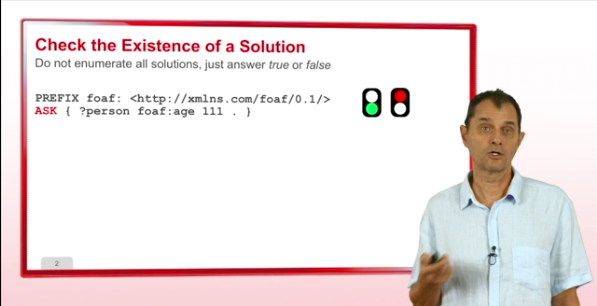


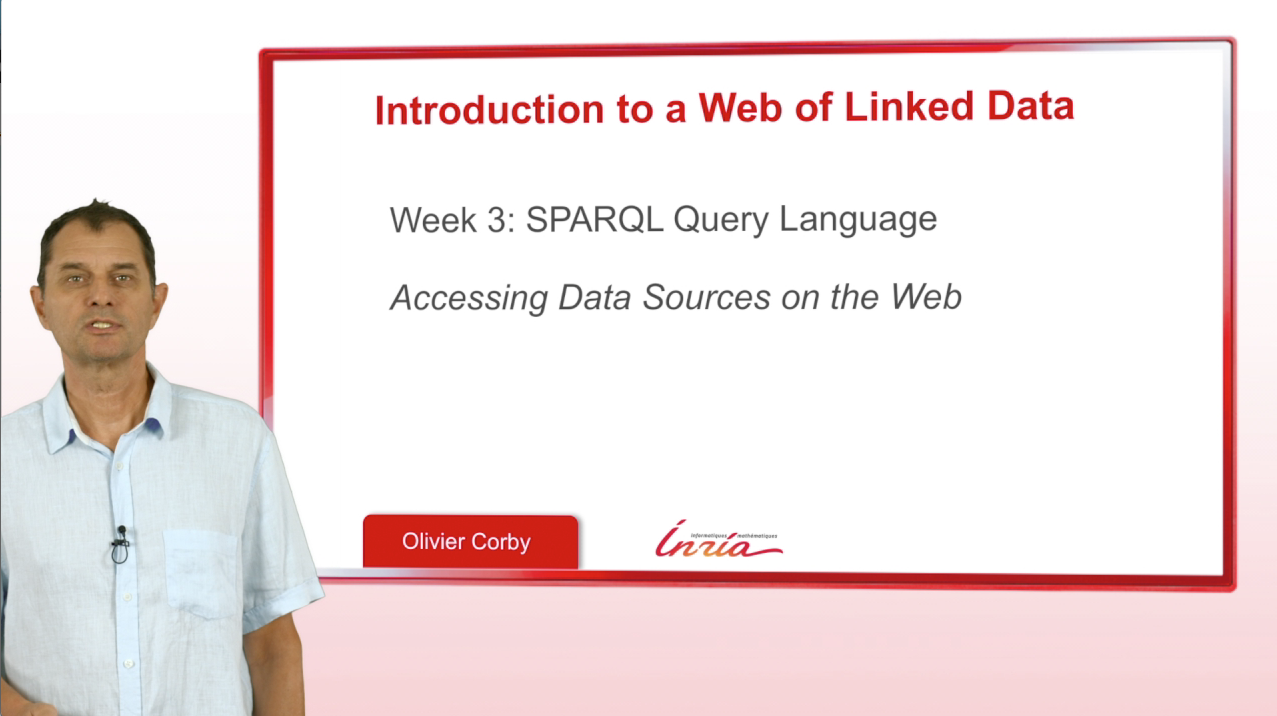

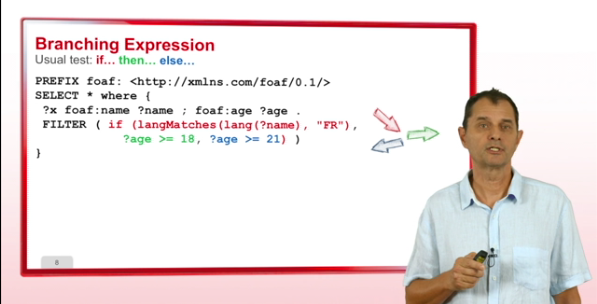






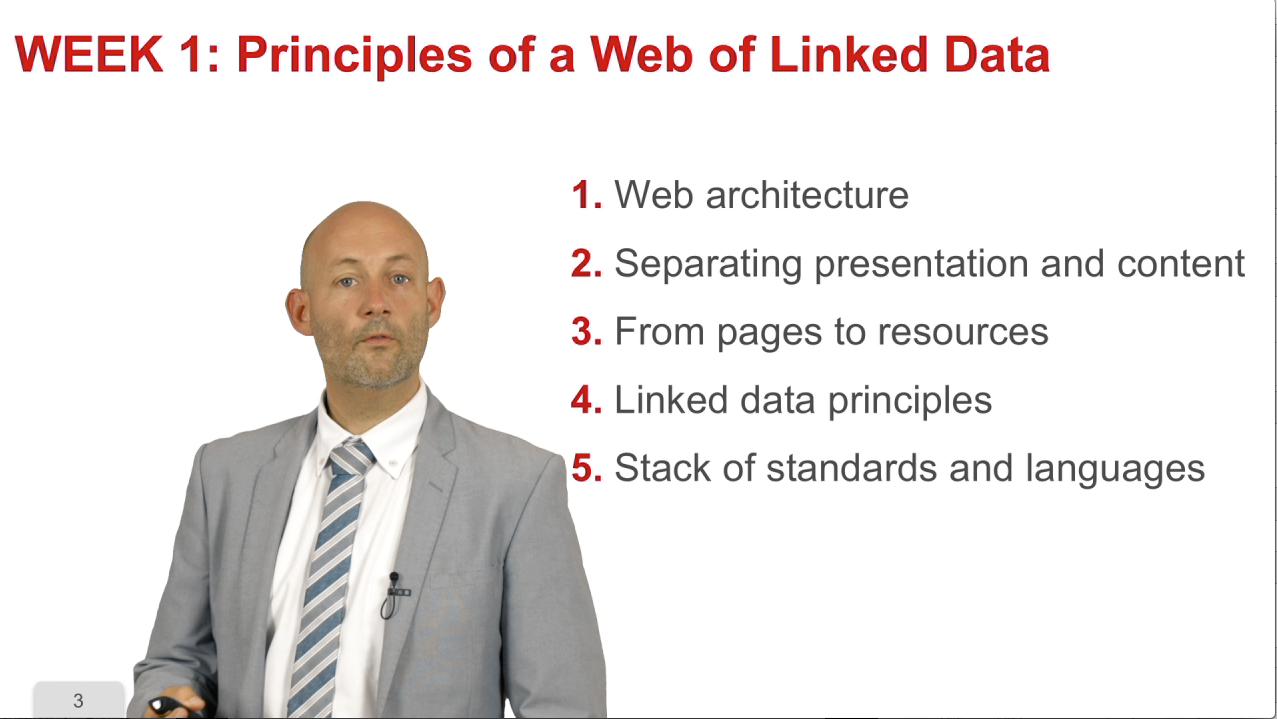


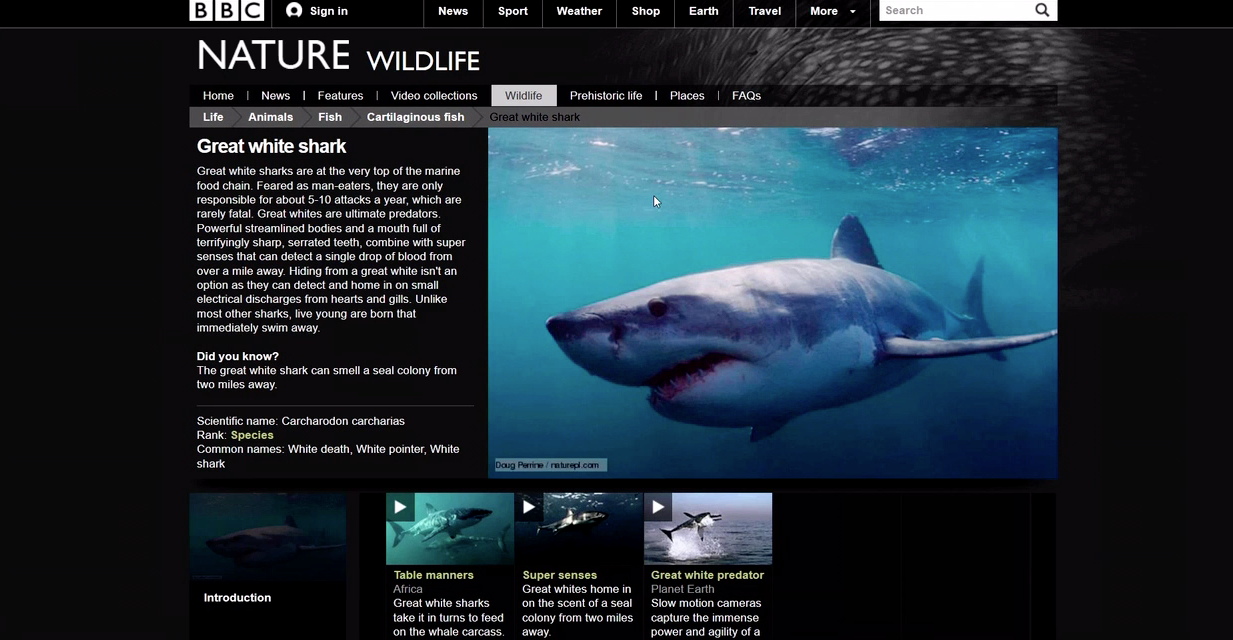
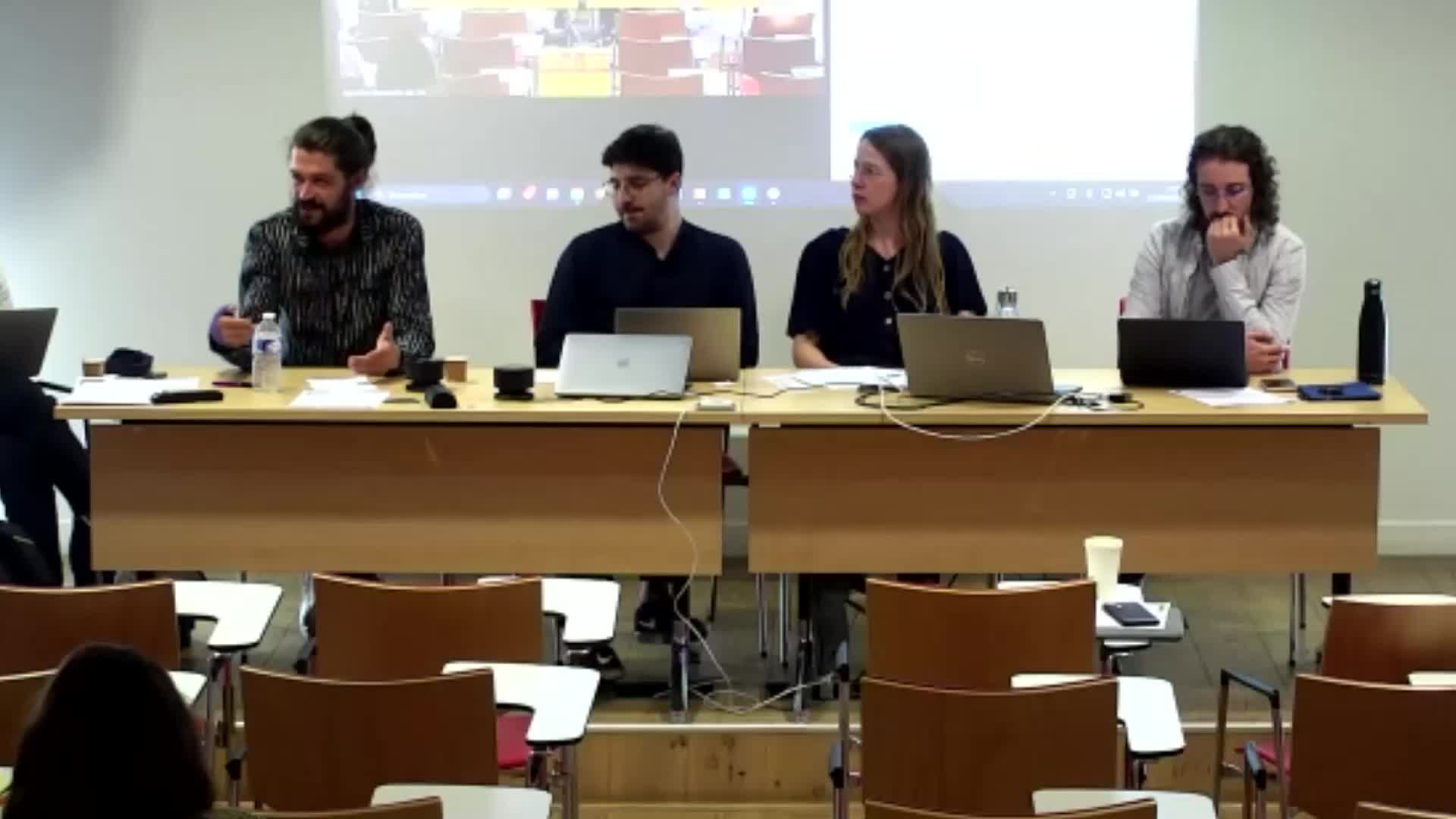
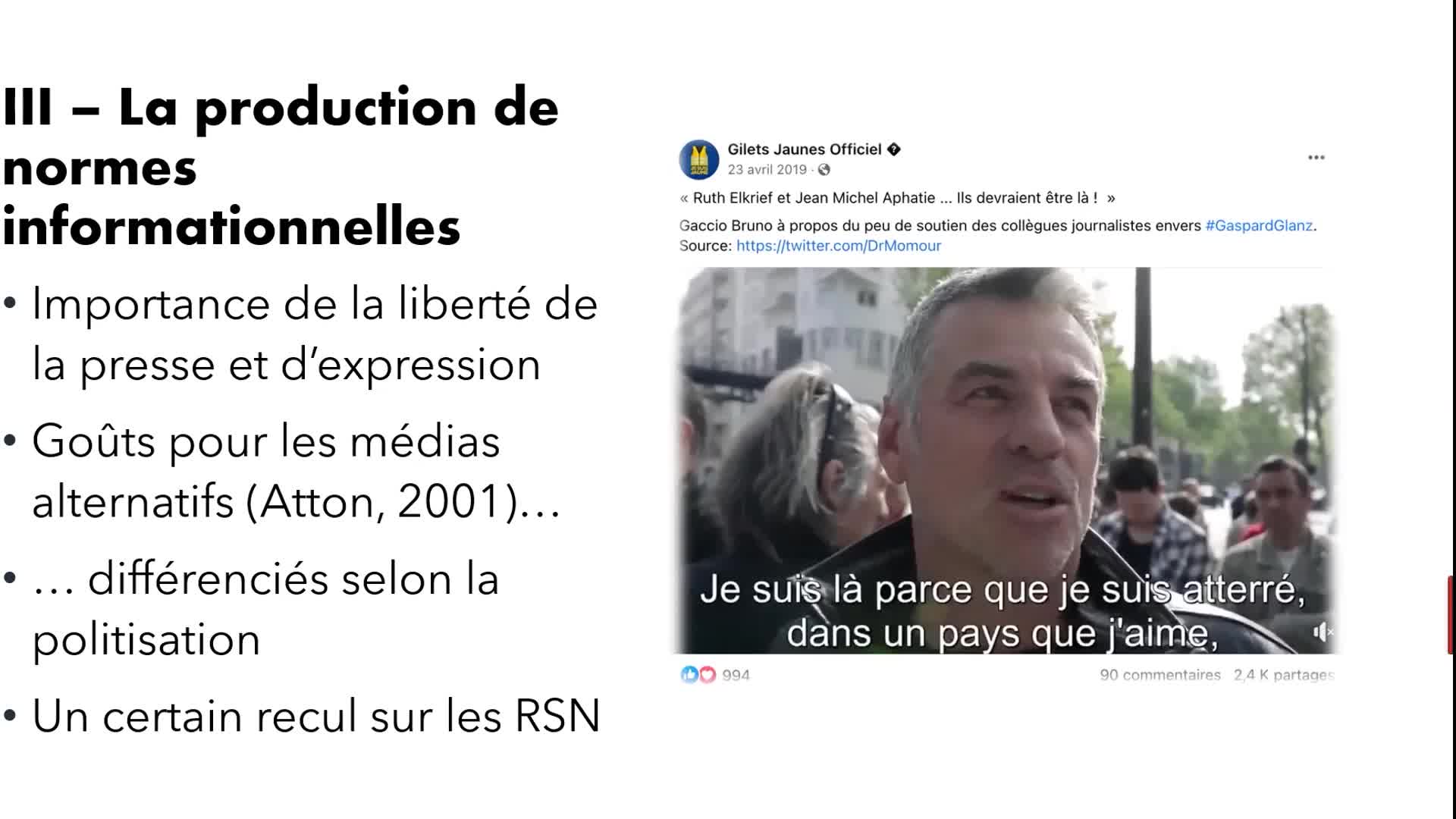
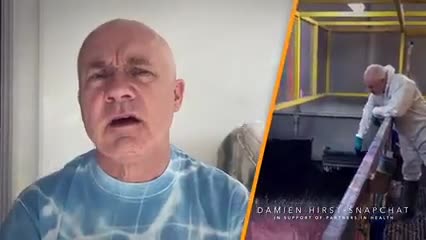
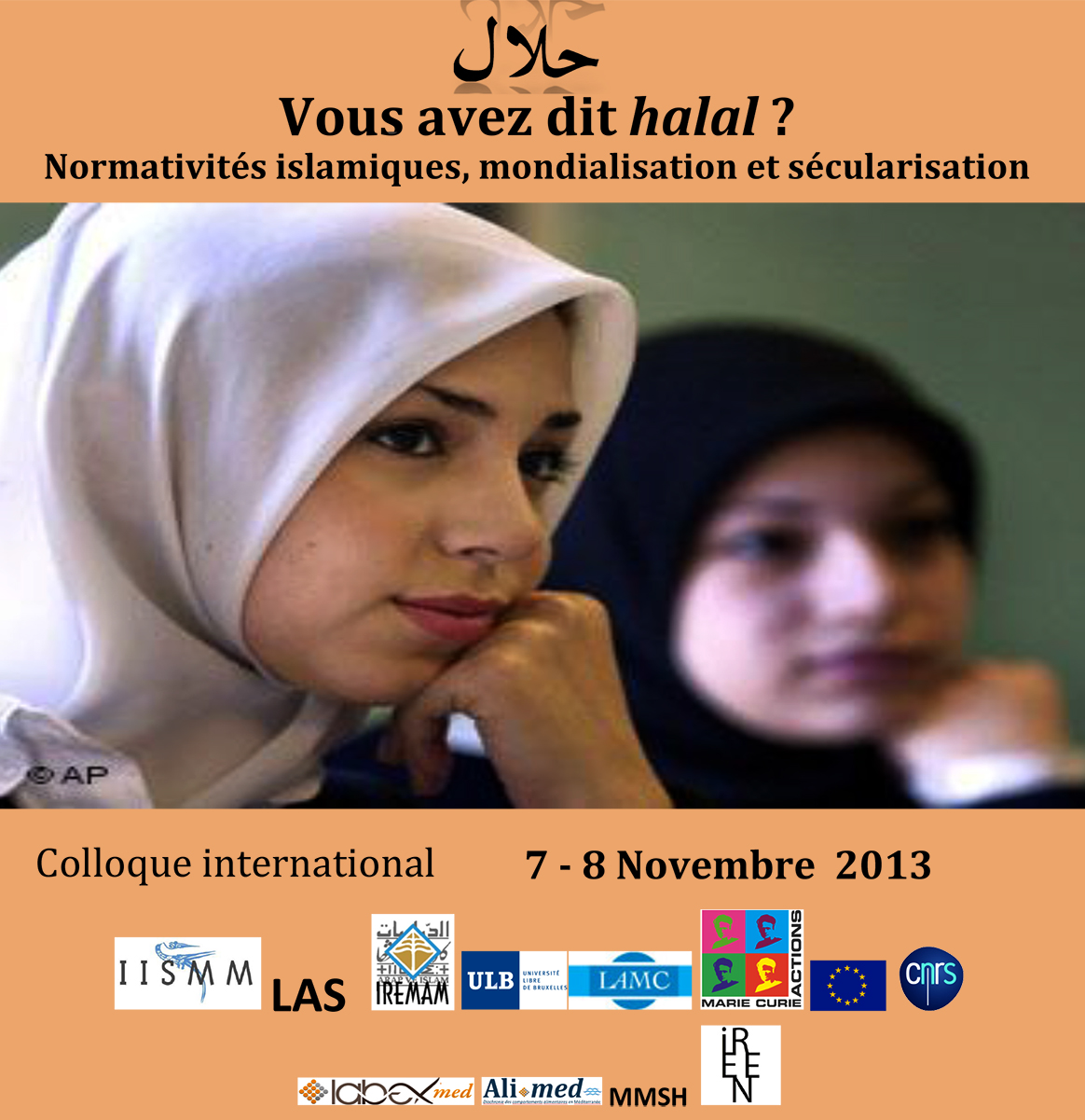
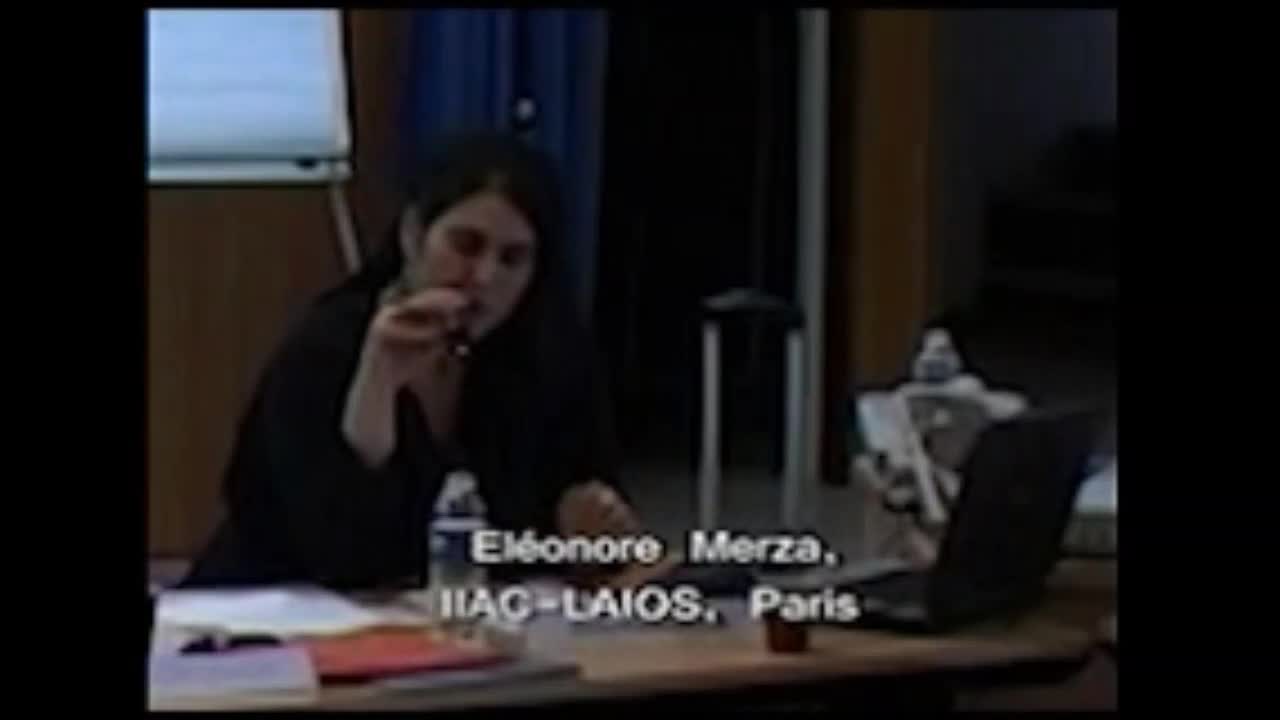
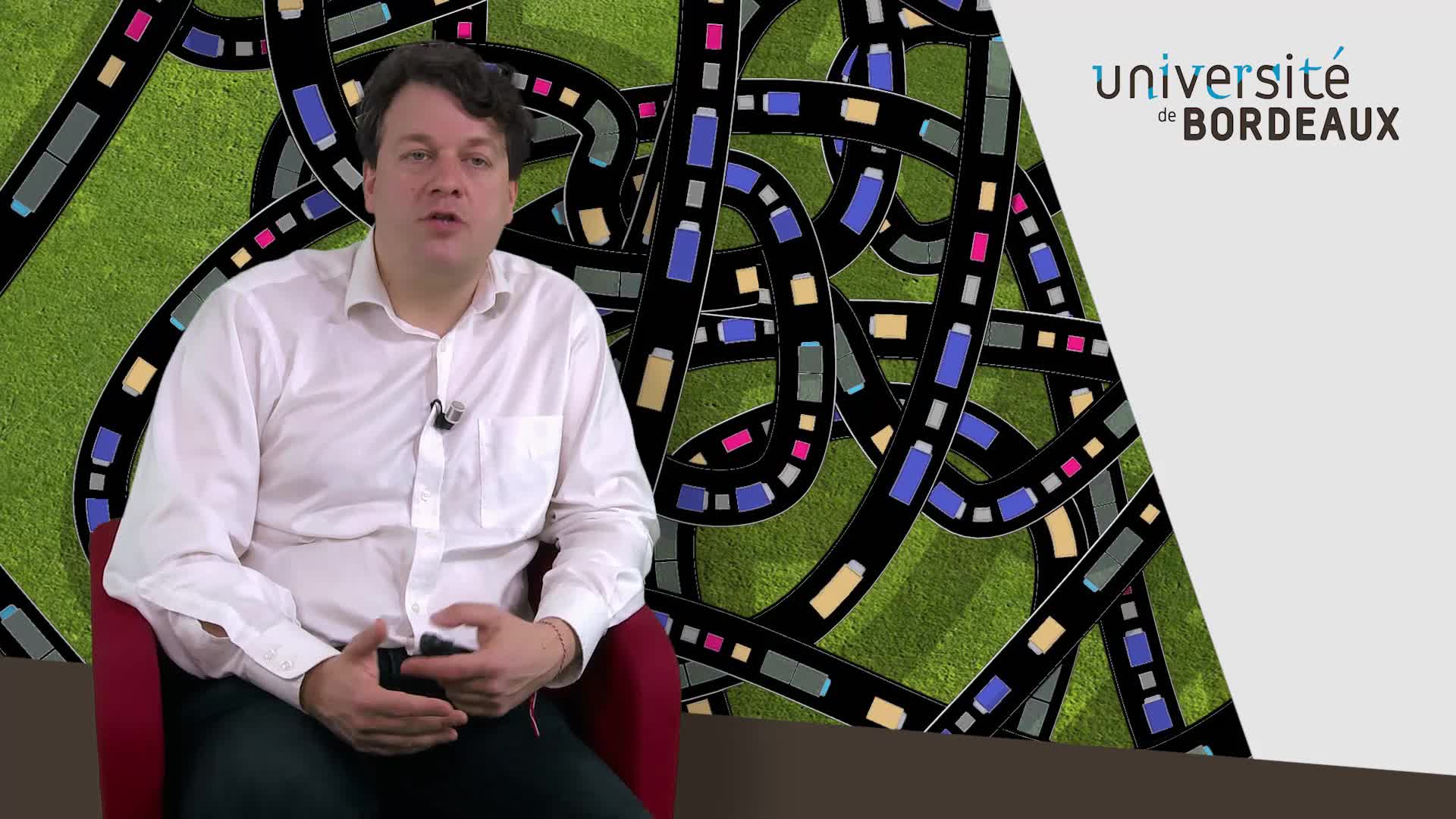
![[COLLOQUE] Festival de l’intelligence artificielle Avignon 2021 introduction](https://vod.canal-u.tv/videos/media/images/universite_d_avignon_et_des_pays_de_vaucluse/.colloque.festival.de.l.intelligence.artificielle.avignon.2021.introduction_64815/vignette.jpg)
![[COLLOQUE] Festival de l’intelligence artificielle Avignon 2021 Présentation de La chaire LIA Avignon](https://vod.canal-u.tv/videos/media/images/universite_d_avignon_et_des_pays_de_vaucluse/.colloque.festival.de.l.intelligence.artificielle.avignon.2021.presentation.de.la.chaire.lia.avignon_64811/vignette.jpg)
![[COLLOQUE] FrenchTech Grande Provence & LIAvignon : L’IA de demain 2em partie](https://vod.canal-u.tv/videos/media/images/universite_d_avignon_et_des_pays_de_vaucluse/.colloque.frenchtech.grande.provence.liavignon.l.ia.de.demain.2em.partie_64819/vignette.jpg)
![[COLLOQUE] Festival de l’intelligence artificielle Avignon 2021 table ronde 2](https://vod.canal-u.tv/videos/media/images/universite_d_avignon_et_des_pays_de_vaucluse/.colloque.festival.de.l.intelligence.artificielle.avignon.2021.table.ronde.2_64807/vignette.jpg)
![[COLLOQUE] FrenchTech Grande Provence & LIAvignon : L’IA de demain](https://vod.canal-u.tv/videos/media/images/universite_d_avignon_et_des_pays_de_vaucluse/.colloque.frenchtech.grande.provence.liavignon.l.ia.de.demain_64813/vignette.jpg)
![[COLLOQUE] Festival de l’intelligence artificielle Avignon 2021 table ronde 1](https://vod.canal-u.tv/videos/media/images/universite_d_avignon_et_des_pays_de_vaucluse/.colloque.festival.de.l.intelligence.artificielle.avignon.2021_64135/vignette.jpg)